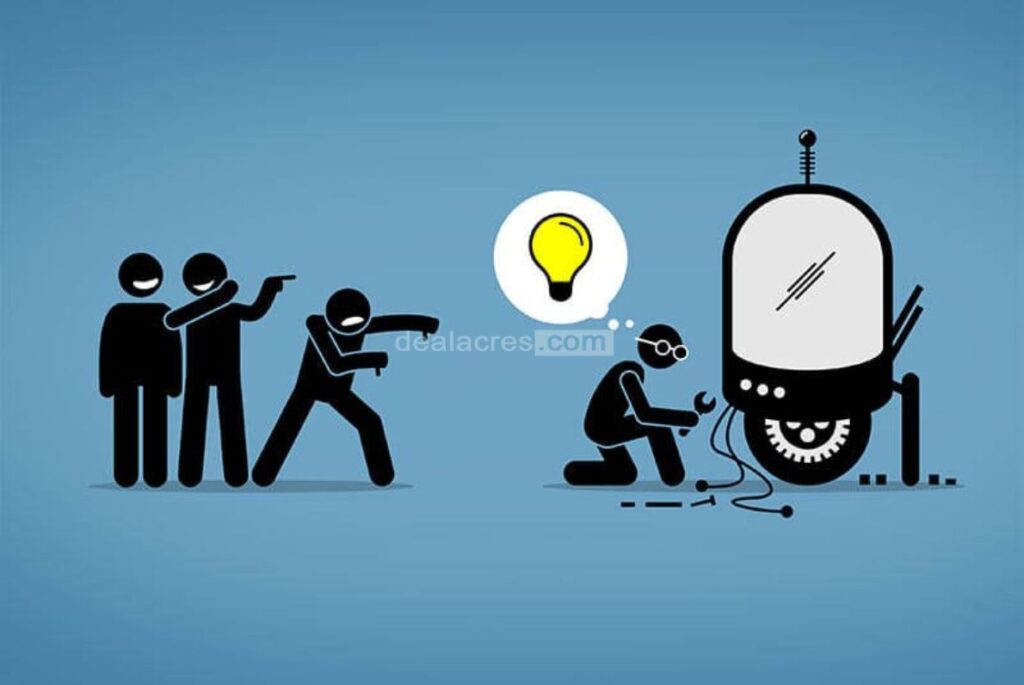Introduction
In the vast landscape of businesses, a logo is like a company’s visual signature – it tells a story, creates recognition, and forms a connection with customers. Designing a logo may seem like a daunting task, but fear not! In this guide, we’ll break down the process of creating a logo that best represents your company in easy and simple language.

I. Understanding the Importance of a Logo
Before diving into the design process, let’s explore why a logo is crucial for your business.
- The Face of Your Brand
Think of your logo as the face of your brand. It’s the first thing people see and remember. A well-designed logo creates a positive impression and sets the tone for your company.
2. Instant Recognition
Imagine driving down a busy street and spotting the golden arches – you immediately know it’s McDonald’s. That’s the power of a recognizable logo. It provides instant identification and distinguishes your brand from the competition.
3. Building Trust and Credibility
Customers tend to trust brands with a professional and cohesive image. A thoughtfully designed logo contributes to the overall credibility of your company, making it more appealing to potential customers.
II. Defining Your Brand Identity
You first need to understand your brand identity to design a logo representing your company.
- Core Values and Mission
Start by identifying your company’s core values and mission. What does your brand stand for? What message do you want to convey to your audience? Your logo should reflect these fundamental aspects of your business.
2. Target Audience
Consider your target audience – the people you want to connect with. Understanding their preferences, interests, and demographics will help you create a logo that resonates with them.

3. Unique Selling Proposition (USP)
What sets your company apart from others? Your unique selling proposition is a key element to highlight in your logo. It could be a specific product, service, or a distinctive aspect of your business.
III. Gathering Inspiration
Now that you clearly understand your brand identity, let’s gather inspiration for your logo design.
- Competitor Analysis
Take a look at your competitors’ logos. What works well? What doesn’t? This analysis can help you identify trends in your industry and inspire ideas for your unique logo.
2. Mood Boards
Create a mood board by collecting images, colours, and fonts that resonate with your brand. This visual collage will be a reference point during the design process, ensuring a consistent and cohesive look.
IV. Choosing the Right Design Elements
With inspiration, it’s time to choose the design elements that will make up your logo.
- Colour Psychology
Colours evoke emotions and convey messages. Consider the psychology behind different colours and choose ones that align with your brand. For example, blue represents trust and reliability, while green represents nature and growth.
2. Fonts and Typography
The fonts you choose play a significant role in your logo’s personality. Experiment with different fonts to find the one that complements your brand identity – bold and modern or elegant and classic.
3. Imagery and Symbols
Decide if your logo will include imagery or symbols. These elements should tie back to your brand identity and convey a message. Avoid complex designs that may be difficult to reproduce in various sizes.
V. Sketching Your Ideas
Now comes the fun part – sketching your logo ideas on paper. You don’t need to be an artist; simple sketches can help bring your concepts to life.
- Play with Concepts
Experiment with different layouts, arrangements, and styles. Sketch variations of your logo to see what works best. Don’t be afraid to explore unconventional ideas.
2. Keep It Simple
Remember the old saying, “less is more.” Simple logos tend to be more memorable and versatile. Aim for a design that can be easily recognized and reproduced in different sizes and mediums.
VI. Digital Design Tools
Once you have a few solid sketches, it’s time to bring them into the digital realm. You don’t need to be a graphic design expert – user-friendly tools are available to help you refine your logo.
- Online Logo Makers
Explore online logo makers that provide pre-designed elements and templates. These tools often allow you to customize colours, fonts, and layouts, making it easy for beginners to create a professional-looking logo.
2. Graphic Design Software
If you’re feeling more adventurous, graphic design software like Adobe Illustrator or Canva gives you greater control over every aspect of your logo. Tutorials and templates are available to assist you in the design process.
VII. Feedback and Iteration
Once you have a digital version of your logo, it’s time to seek feedback. Share your designs with colleagues, friends, or potential customers to gather diverse perspectives.

- Constructive Criticism
Be open to constructive criticism. Ask for specific feedback on colours, fonts, and overall impressions. This input will guide you in refining your logo and ensuring it resonates with your audience.
2. Iterative Process
Logo design is often an iterative process. Don’t be discouraged if your first attempt doesn’t hit the mark. Use feedback to improve and refine your logo until it aligns perfectly with your brand identity.
VIII. Finalizing Your Logo
With feedback incorporated, it’s time to finalize your logo and prepare it for various applications.
- Versatility
Ensure your logo looks great in various sizes and mediums. Test it in black and white, as well as colour, to confirm its versatility and readability.
2. File Formats
Save your logo in different file formats to accommodate different needs. Common formats include JPEG and PNG for online use and vector formats like SVG for scalability.
3. Trademark Considerations
Before finalizing your logo, check for trademark conflicts. Ensure that your design is unique and doesn’t infringe on existing trademarks to avoid legal issues down the road.
IX. Implementing Your Logo
Congratulations – you now have a logo that represents your company! Now, let’s explore how to implement it across various platforms effectively.
- Consistency is Key
Maintain consistency in the use of your logo across all channels. A consistent appearance strengthens brand recognition, whether it’s your website, social media, or physical materials.
2. Brand Guidelines
Consider creating brand guidelines that outline how your logo should be used. Specify colour codes, font choices, and minimum size requirements to ensure a cohesive brand identity.
Conclusion
In conclusion, designing a logo that best represents your company is a creative and rewarding process. By understanding your brand identity, gathering inspiration, choosing the right design elements, sketching your ideas, utilizing digital design tools, seeking feedback, and finalizing your logo with implementation in mind, you can create a visual symbol that resonates with your audience and stands the test of time.
Remember, your logo is more than just a graphic – it reflects your company’s values, mission, and uniqueness. So, embrace the journey of crafting your identity through a logo that truly speaks for your brand.




